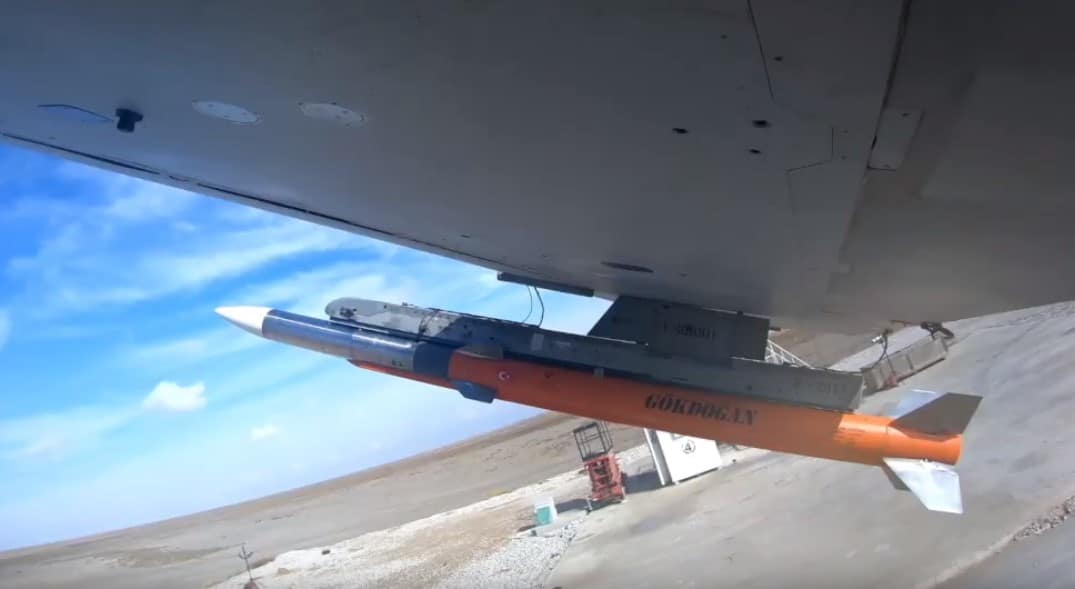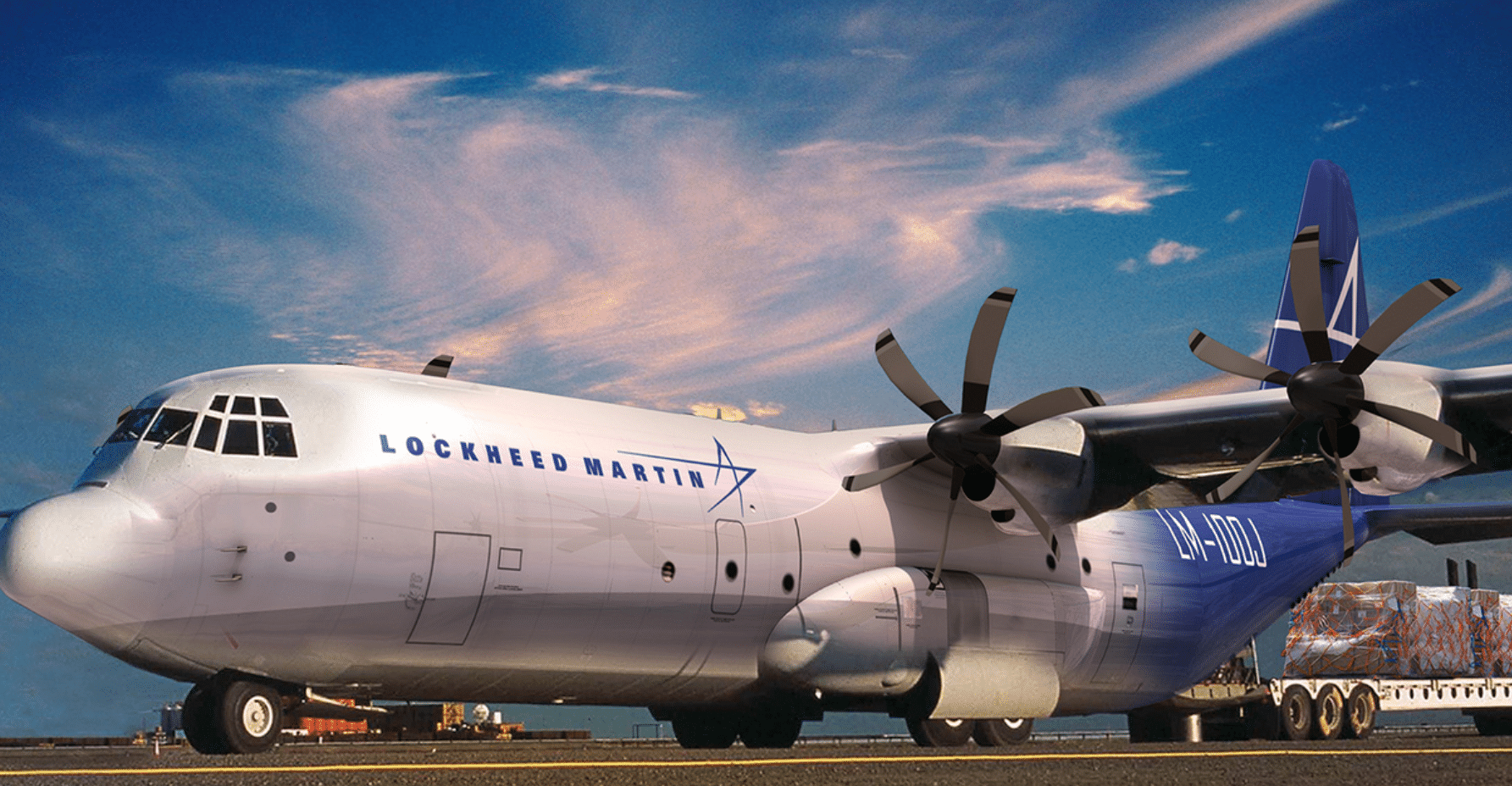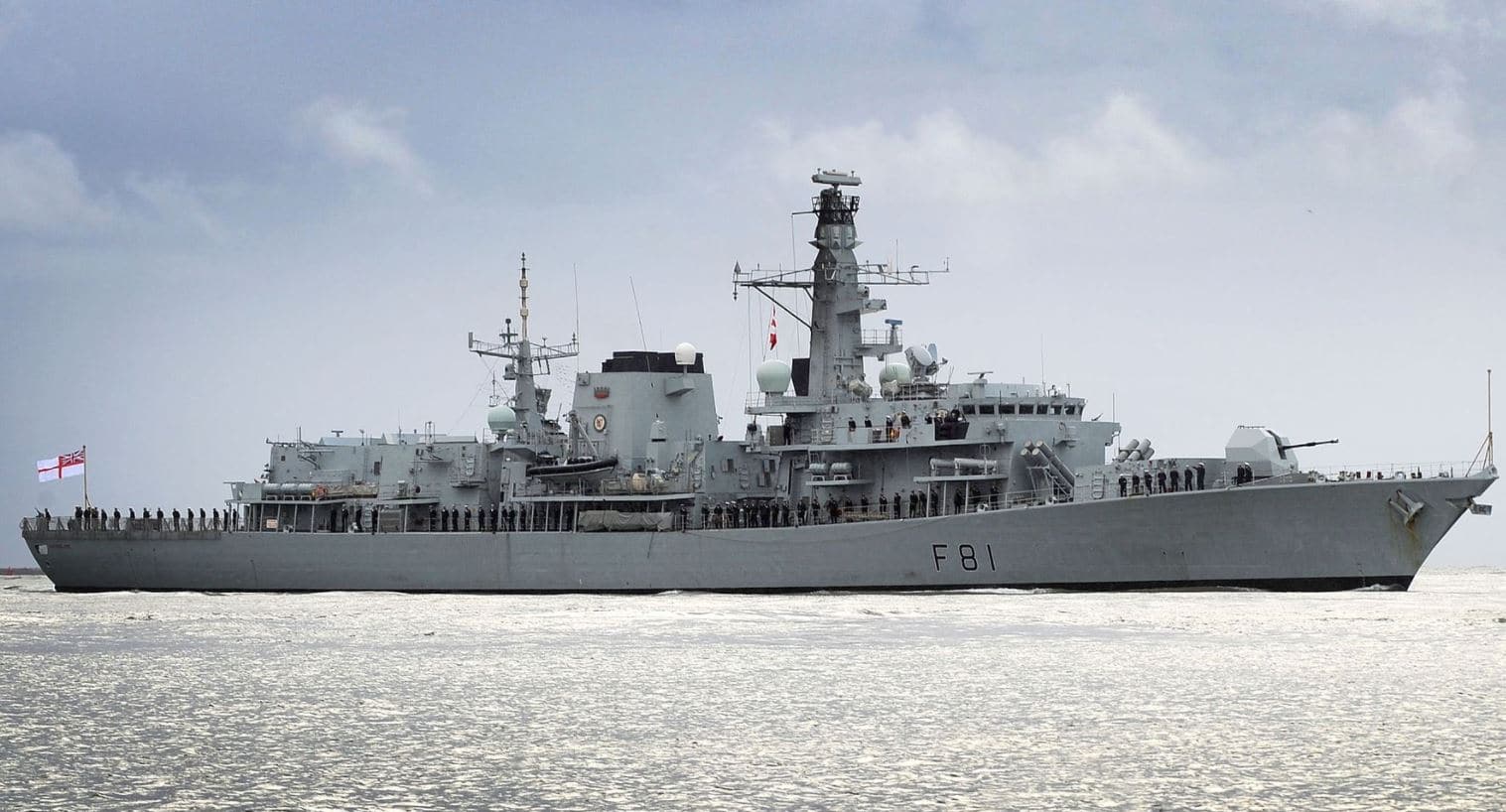2386Views 0Comments

Turkey Tests Indigenous Air-to-Air Missile
On 10 January 2020, TÜBİTAK-SAGE (Scientific and Technology Research Council of Turkey and its research and development centre, the Defense Industries Research and Development Institute) announced using social media that it test fired its Gökdoğan air-to-air missile (AAM).
Based on the video footage, it appears that the Gökdoğan (i.e., Peregrine) is Turkey’s forthcoming beyond-visual-range (BVR) AAM. It features a solid nose cone, likely housing its solid-state active-radar seeker.
This announcement is the second publicly known test of Turkey’s new indigenous air-to-air missiles since the Turkish government announced that it would develop them in 2017. The first test – which was of the within-visual-range (WVR) AAM, then named Bozdoğan (i.e., Merlin) – was conducted in November 2019.
(Note: It appears that the official designations of the two missiles were switched. In 2017, TÜBİTAK-SAGE stated that the Gökdoğan was the WVRAAM, while the Bozdoğan the BVRAAM).
Thus far, TÜBİTAK SAGE has publicly acknowledged that both missiles were tested from land-based firing pads. It did not announce when it will test both missiles from the F-16, though these tests will reportedly occur before the end of 2021, by which point mass production is expected to begin.
Both AAMs are using Turkey’s solid-fuel dual-motor rocket technology, which also powers the country’s new line of HİSAR surface-to-air missiles (SAM).
The Gökdoğan and Bozdoğan are slated to equip both the Turkish Air Force’s F-16 fleet as well as its future Hürjet lead-in fighter-trainer/lightweight combat aircraft and TF-X next-generation fighter.
Turkey is also expected to offer its AAMs for export, both as a turnkey weapons package to accompany its Hürjet and TF-X, and potentially, as stand-alone equipment for other platforms.
However, how both AAMs require specific subsystems to function at maximum effectiveness, e.g., a multimode radar for the BVRAAM and a helmet-mounted display and sight (HMD/S) for the WVRAAM. It will be worth seeing how Turkey fares in the development of such subsystems.
Turkey has an active electronically scanned array (AESA) radar program for its F-16 upgrade, but an accompanying HMD/S makes sense — both for deploying the WVRAAM and fitting its Hürjet and TF-X.


